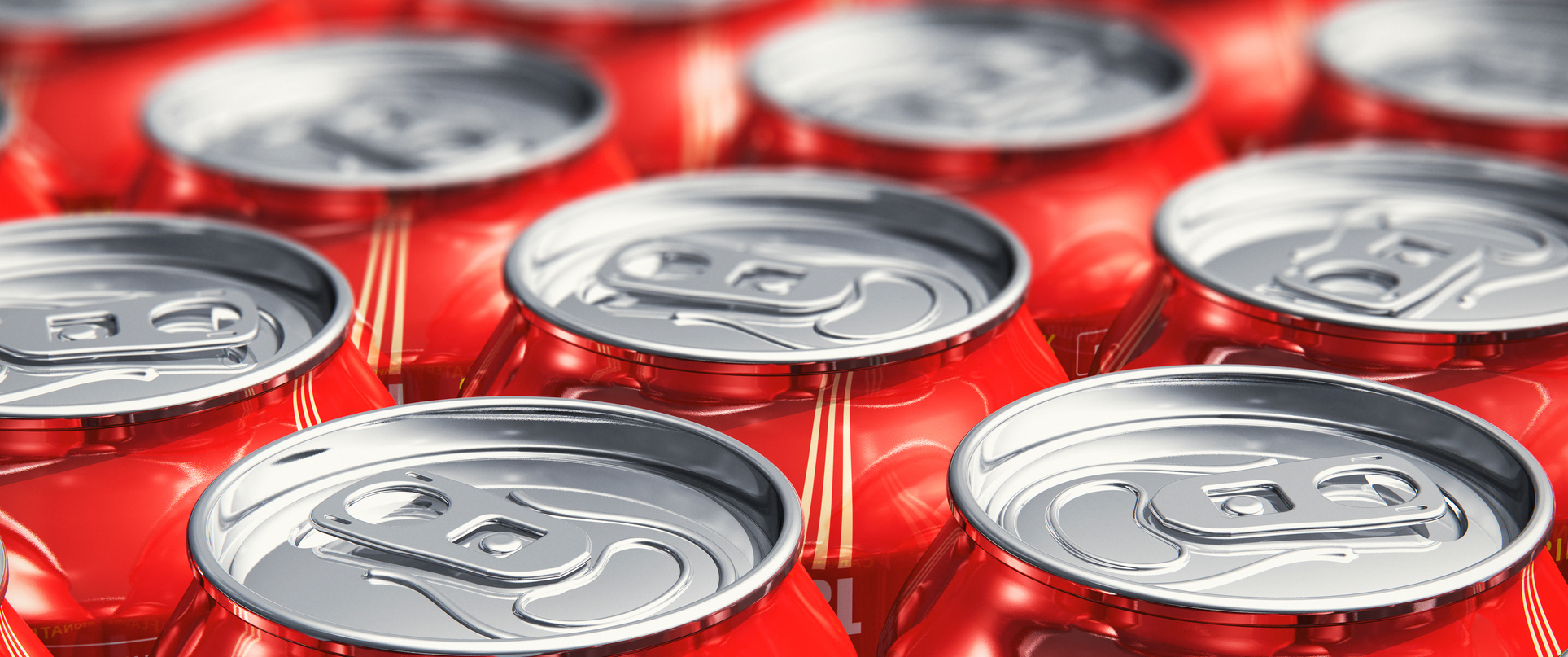In a letter to the editor in The New York Times last October, Susan Neely, president of the American Beverage Association, wrote: “Taxes on beverages do not improve public health.”
A new study led by UC Berkeley public health researchers appears to challenge that claim. The study found that consumption of soda and other sugary drinks fell by 21 percent in low-income neighborhoods in Berkeley, after it became the nation’s first city to implement a “soda tax” in March 2015. Published last week in the American Journal of Public Health, the study also found that participants increased their water intake by 63 percent.
“The results were really encouraging. In public health we’re always looking for low-cost ways to improve the health of a lot of people at once, and our results indicate that this could be one of those tools,” says Jennifer Falbe, the study’s lead author and a postdoctoral research fellow at the School of Public Health.
It would mean the average American losing three pounds a year, which would significantly reduce the risk of obesity, diabetes and other health problems, she says.
The researchers surveyed more than 2,600 people in Berkeley, Oakland and San Francisco, before and after the tax took effect. Interviewers stopped residents at busy intersections in low-income neighborhoods and asked them how often they drank soda, energy drinks and other sweetened beverages.
In Oakland and San Francisco, which don’t yet have a soda tax, soda drinking increased by 4 percent and water consumption rose by 19 percent. Critics of the plan had argued that Berkeley residents would simply buy soda in nearby cities to avoid the tax, but only 2 percent of those surveyed reported doing so.
The fall in consumption is enough to have a big impact on public health, says Kristine Madsen, a professor at the School of Public Health who co-authored the study. It would mean the average American losing 3 pounds a year, which would significantly reduce the risk of obesity, diabetes and other health problems, she says.
The change in imbibing habits was steeper than many experts expected. In 2012, researchers predicted that a penny-per-ounce tax, such as the one in Berkeley, would cut consumption of sugary drinks by 15 percent nationally. After Mexico implemented a soda tax in January 2014, soda purchases dropped by just 6 percent in the first year.
Even though Berkeley’s tax seems small, Falbe says the cents add up. In a separate study last November, her team found that distributors and retailers were passing along an average of 69% of the tax on soda to the consumer. (Other studies have found both higher and lower rates.) That means a 20-ounce bottle of Coke that sold for $1.75 would now cost $1.89.
“The tax is actually quite large, so a 21 percent drop doesn’t surprise me at all,” says Chen Zhen, a University of Georgia economist who has studied soda taxes. “Considering how cheap soda is in supermarkets, it’s a large percentage of the retail price.”
Marion Nestle, a professor at New York University and the author of Soda Politics: Taking on Big Soda (and Winning), believes that the drop in consumption had more to do with campaigning around the tax than it did with higher prices. “If people want soda they will pay for it. What the tax did was increase public awareness of issues related to soda intake and Big Soda,” says Nestle, who earned her Ph.D. and M.P.H at Berkeley.
With the tax passing with 76% of the vote, the Berkeley researchers agree that the campaign could have had an influence. Their study didn’t ask people about the reasons behind their intake. “In some ways it doesn’t matter, because what’s important is that consumption dropped,” Madsen says.
The researchers acknowledge one major limitation of their study: They relied on self-reporting rather than on hard data, such as supermarket sales. It’s well known that people tend to under-report unhealthy behaviors and exaggerate healthy ones.
Madsen says there were few alternatives. “In low-income communities, 50 percent of people we’re talking to bought most of their sugar-sweetened beverages from corner stores. There’s no electronic scanner data that’s going to capture that. If you want to know what’s happening in these neighborhoods, self-reporting is one of the only ways to do that.”
Focusing on low-income neighborhoods is important because residents there are more likely to consume sugary drinks and suffer related health conditions, such as diabetes and obesity.
Zhen, the economist, says future research needs to examine whether the tax had any unintended consequences. In his own studies, he found that when people buy less soda due to higher prices, they make up half of the calories by buying other unhealthy foods. He argues that taxing by calorie count would be more effective than taxing by ounces, although more burdensome to administer.
The Berkeley researchers are planning another study next year to see if effects on consumption persist. They’re also interviewing retailers to understand whether distributors are passing on higher costs to them and how they are responding. That paper will appear next year, but Falbe says that so far, most retailers seem to be raising prices of sugary drinks and not of other items.
The study’s impressive findings have already been referenced by advocates in Oakland, San Francisco, and Boulder, Colorado, each of which has a soda tax measure on the ballot this November. Madsen thinks it’s likely that the tax will pass in the Bay Area cities (despite a slew of ads funded by the beverage industry that call the soda-specific measures a “grocery tax”).
If they pass, the taxes promise to add to city coffers. In Berkeley, the tax brought $1.2 million to the city’s general fund in its first nine months. The Berkeley City Council allocated $1.5 million from the fund in January to community groups that discourage soda consumption, nutritional education in schools, and operating costs for the city’s public health division. Those outlays were based on recommendations from the Sugar-Sweetened Beverage Products Panel of Experts Commission, which was created as part of the tax measure.
While the results are promising, researchers don’t know whether the experience in Berkeley—a small, highly educated and liberal city—will hold true for other locales. “We would hope that the impact would be greatest among those that consume the most sugar-sweetened beverages, but it’s very unclear how that’s going to play out. It’s possible that places where consumption is higher have a harder time changing habits,” Madsen says.



















